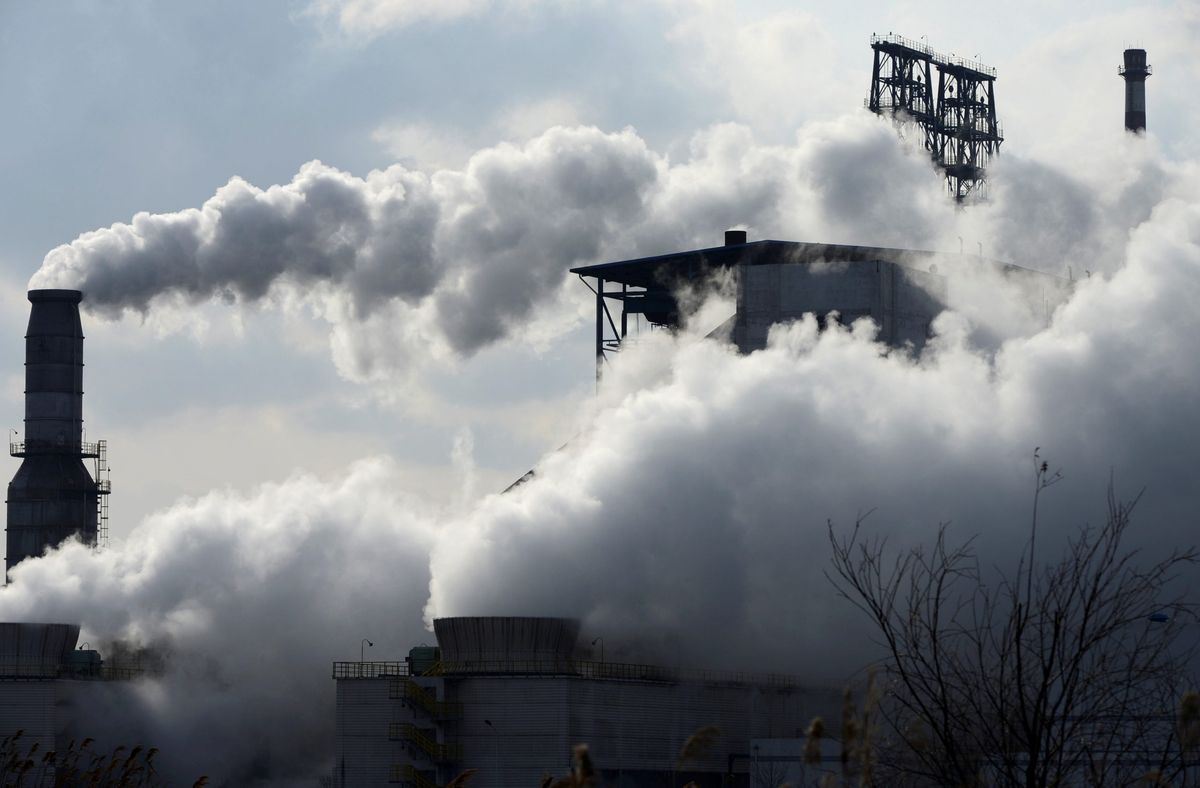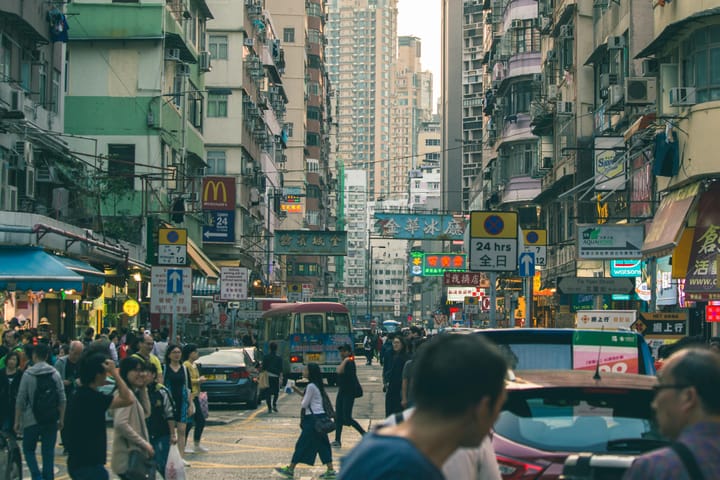How do China’s power cuts affect its climate goals?

A few minutes every morning is all you need.
Stay up to date on the world's Headlines and Human Stories. It's fun, it's factual, it's fluff-free.
China published part of its road map for peaking its carbon emissions before 2030 and reaching carbon neutrality before 2060 on Sunday.
What’s going on with China’s power cuts?
- In the past, China has struggled to keep up with the country’s demand for electricity, which has, at times, left many provinces within China without power. The problems are more severe during the hottest and coldest periods of the year, with people trying to normalize their temperatures at home.
- Regardless of how much demand for electricity changes throughout the year, the Chinese government regulates electricity prices for the public.
- This year, though, factors, such as the pandemic, have started to seriously affect the supply and demand of electricity.
- As the economy starts to rebound from the pandemic, spending within China and abroad has spiked with this demand for goods, placing a lot of pressure on the factories within the country that are working overtime to produce these goods.
- At the same time, the Chinese government has been implementing strict laws on coal production as it attempts to make the country carbon neutral by 2060. But, more than half of the country still relies on coal for electricity.
- So, as the government strictly controls electricity prices, power plants using coal to help produce the nation’s electricity aren’t overly eager to keep their plants open at a loss, with many deciding just to slow down the amount of power they produce instead.
How does this affect the country’s coal consumption?
- China’s coal and natural gas prices are now at record highs because of the depressed supply and high demand. On top of that, the country is getting colder as winter approaches.
- That means many homes could be left without power and heating as the country’s temperatures drop below freezing.
- To avoid a disaster, China has ordered coal production to be increased significantly throughout this upcoming winter.
- Over 100 coal mines have already received early approval to increase coal production, with current estimates putting the number at about 55 million tons of coal before the end of winter.
- And, some experts have suggested that China may need to put a hold on its current renewable energy targets to get access to whatever energy is available.
How does this affect China’s climate goals?
- Initially, China was going to be announcing its ambitions for climate change solutions, but the country seems to be delaying that for the time being.
- China published part of its road map for peaking its carbon emissions before 2030 and reaching carbon neutrality before 2060 on Sunday.
- Right now, China is more concerned about the upcoming winter months, and so because of that, the country’s climate goals will likely be put on the back burner. This is while other world leaders meet at the Glasgow climate conference to pledge different climate initiatives for their countries.
- With that said, China has already made huge strides in reducing carbon emissions, including providing alternative meat solutions as many citizens in urban areas move to a more vegetarian-based diet.
- On top of that, factories across the country have been ordered to temporarily halt production so that the province these companies operate within can meet their individual energy targets. This has been done even though economists predict in doing so, China’s gross domestic product (GDP) may suffer.
What are experts saying about the situation?
- The biggest questions being posed currently by experts are regarding how China will handle this whole situation without hurting their economy too much, keeping their citizens warm and fulfilling their energy promises.
- “The current energy crisis has forced China to ask itself: Who is going to pay” for higher electricity prices,” says Michal Meidan, an energy professor at Oxford University.
- One key industry that some critics are concerned about during this energy crisis is the aluminum industry.
- Producing the metal requires a ton of power and coal, and aluminum prices are at an all time high right now because of these power shortages.
- “According to the newly released document, China’s government calls for more efforts to achieve the goal of peak carbon emissions for major industries, including nonferrous metals, steel and petrochemicals,” ING Economics’ commodities strategists Warren Patterson and Wenyu Yao said last Tuesday.
- “It continued to highlight the resolution to cap aluminum capacity. It called for strictly enforcing capacity swaps in primary aluminum smelting, and for more recycling.”
What’s next?
- This energy crisis affects the lives of millions of Chinese citizens as winter approaches, but it also affects other global markets and industries. So for example, if factories are wrestling with increased electricity bills or being forced to temporarily halt prouction, that will lead to increased costs as well as delayed timelines for everyone else.
- The energy crunch has already impacted large companies, such as Tesla Inc. and Apple Inc.
- The Chinese government is carefully planning its next steps, but with current coal productions being increased, it suggests that the country is looking to deal with most pressing issues first for the upcoming colder months.
- With the current climate summit ongoing, Chinese President Xi Jinping hasn’t made any promises about China’s plans, but in the past, the Chinese government has consistently promised ambitious goals.
You drive the stories at TMS. DM us which headline you want us to explain, or email us.




Comments ()